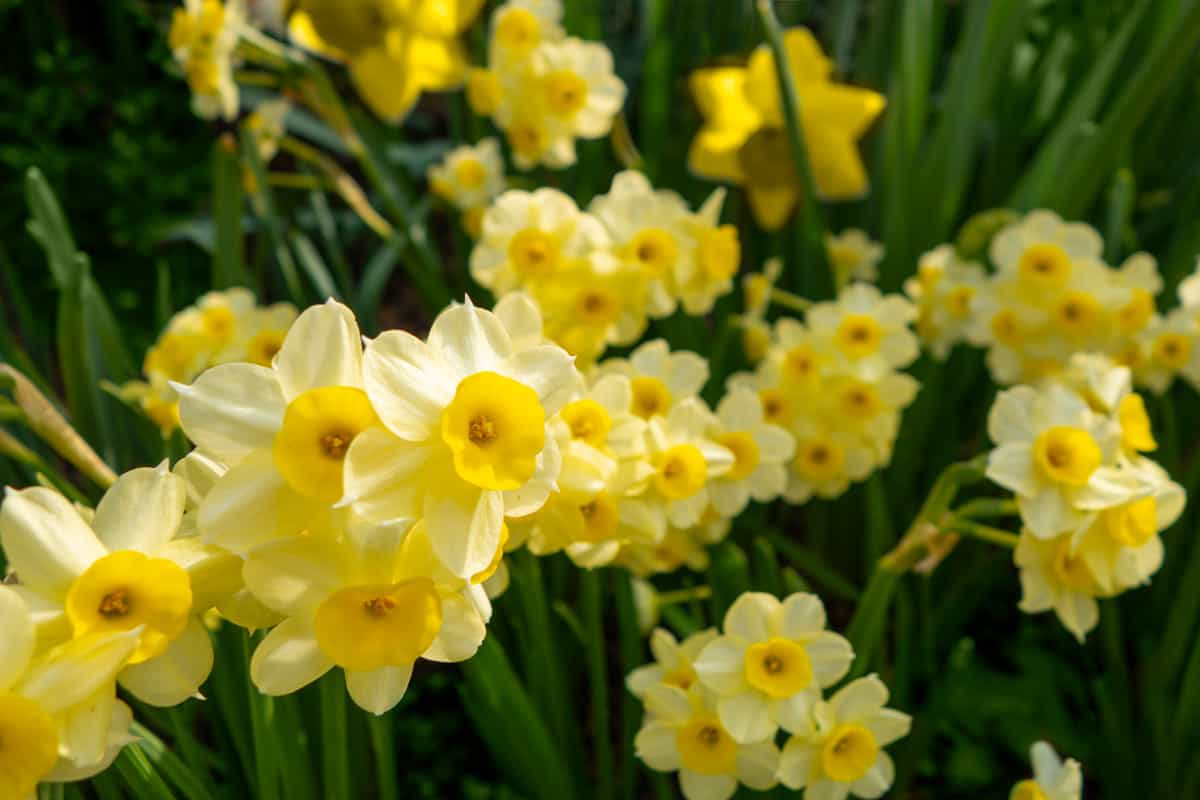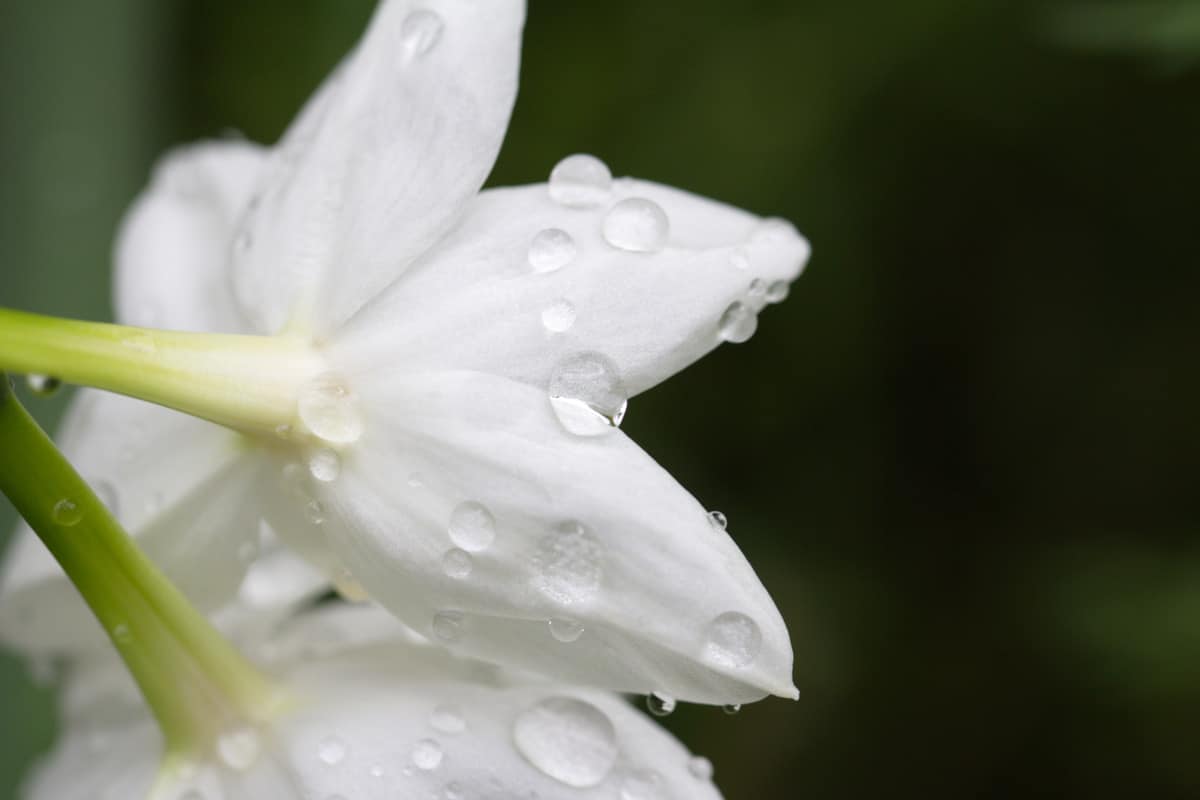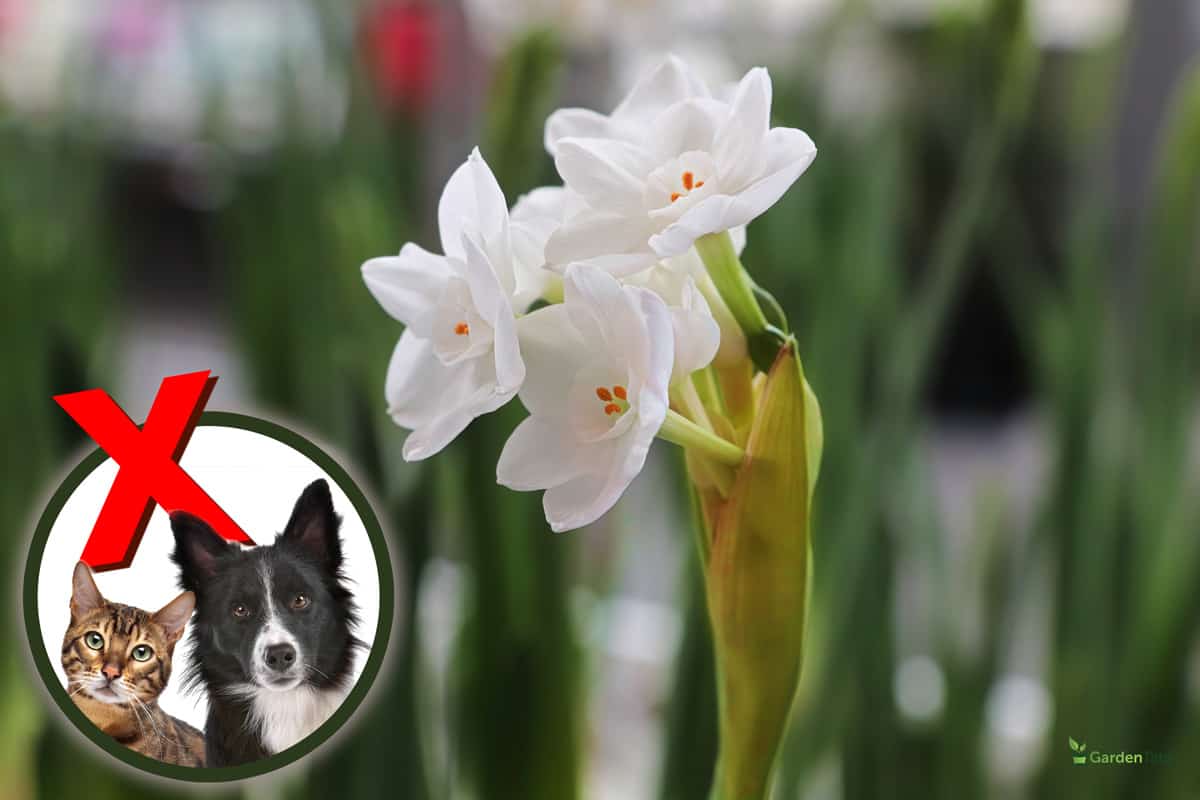After planting your paperwhite for weeks and seeing that it blooms, have you ever noticed that its leaves are turning yellow? What causes this? Well, we've done plenty of research and have the answers below!
It is normal when the leaves of your paperwhite plant begin to turn yellow after a few weeks of blooming. It means the season is about to end.
However, yellow leaves on paperwhites may indicate a problem, which is often caused by illness or other concerns, including:
- Not enough light
- Plant pests
- Transplanting stress
- Watering issues
- Lack of nutrition
- Virus infection
- Aging naturally
- Cold atmosphere
So, how will you prevent these typical causes of yellowing leaves on paperwhites? Are you worried that you're overwatering them? And is it good to expose them to sunlight? Keep reading and discover how to take care of your paperwhites!
Paperwhite Leaves Turning Yellow: Why And What To Do?

We all know that it takes time and patience to grow paperwhites, and part of their life cycle is that their leaves will turn yellow.
However, it is a little alarming to see their leaves turn yellow before fully growing, primarily as it might signify various conditions.
Not Enough Light
If the paperwhites' side faces away from the light source, inadequate lighting frequently causes the leaves to turn yellow. For instance, by absorbing all the light, the leaves by the window block the opposite side.
You can fix this problem if all surfaces receive natural light by giving the pot a gentle turn once a week.
Plant Pests
Pests may afflict your paperwhite if the air is dry. Your leaves may turn yellow because plant pests like aphids and spider mites are sucking the sap from them and leaving spots of discoloration.
Look for any indications of tiny webbing under the leaves that might point to pests. For houseplants, an organic insecticide can control the pests we have mentioned.
Maintain high humidity around your plants, as these pests also thrive in dry air.
See this organic plant spray on Amazon.
Transplanting Stress
When a plant needs a new home, repotting it might stress it out and cause its leaves to turn yellow. It's a typical technique for a plant to adapt to its new environment.
This can also occur if you repot a previously healthy paperwhite only to discover that it has dropped its yellow leaves.
To give paperwhites time to adjust to their new surroundings, you might as well spare them from transplant stress. Please wait at least a week or two after you get them home before repotting them.
Watering Issues

Lack of water causes paperwhites to drop their leaves to preserve water by preventing transpiration, a plant's equivalent of sweating.
The leaves usually turn yellow, occasionally with brown spots at the tips, just before they drop; however, this is not always the case.
Set up a regular watering regimen for the plant if this is occurring and the soil is dry. Too much water can be just as damaging to leaves.
When the soil is poorly drained, an excess of water causes the ground to become soggy, which can cause the root systems to suffocate.
Roots wither away without oxygen. Ensure your plant is in a pot with drainage holes in the bottom to prevent either of these issues.
Between waterings, these holes will let extra water drain away. Only water your plants after you feel the top inch of the soil is dry.
Lack Of Nutrition
Another sign that it is not getting enough nutrition is the yellowing of paperwhite leaves. If you use hard water, either too much calcium or not enough nitrogen may cause this.
If this is the problem, the plant's upper leaves may begin to yellow.
You could occasionally notice an odd pattern in the yellowing. For instance, the veins themselves may remain dark, but the tissue lining them may turn yellow.
However, your plants will ultimately use all the food it gave them and will need a boost of plant food to maintain healthy leaves. Give your plants a small dose of diluted liquid fertilizer each time you water them to keep them healthy.
Viral Infection
A viral infection on your paperwhite may manifest as blotchy, dispersed yellow areas on the leaves. Besides this, there might also be distorted leaves, stems, and discolored blooms.
Plant viral infections may not be treatable and can spread to other vulnerable plants.
As soon as you identify a sick plant, isolate it from the rest of your plants. Inspect the nearby plants and make sure the spread will contain.
The plant can be saved, but you must first try to identify the infection. You can use methods that call for removing healthy tissue and subsequent propagation.
Aging Naturally
The bottom leaves of many paperwhites wilt and fall off as they age. It is merely a typical phase in their development.
Don't be concerned about this situation. It does not show that your plant is ill. Simply put, it shows the plant no longer requires those lower leaves because higher foliage shades them.
Consider pruning the main stem if the plant gets too lanky to encourage new growth.
Keep in mind that many typical houseplants are trees in their original environments and that when they grow larger, they attempt to form a trunk by shedding their leaves.
Cold Atmosphere
The leaves of paperwhites frequently turn yellow and fall off in cold temperatures.
This is distinct from brief exposure to extreme cold, which will cause the leaf to turn brown or show pale, transparent areas between veins.
A less turbulent location should be used if your plant is close to an air conditioner vent in the summer or a drafty window in the winter. Watch it to see if the yellow leaves spread.
Should I Add Alcohol To My Paperwhites?
The weight of the paperwhites' blooms might cause their stalks to flop over once they have bloomed. By giving them an injection of liquor, try to keep your paperwhites standing.
Research has proven that pebble-grown paperwhites watered with 80-proof liquor (40 percent alcohol) mixed together result in shorter, more robust stems.
For a 5% alcohol solution, combine one part of any hard liquor (vodka is the least expensive) with seven parts water.
Once the bulbs have begun to grow leaves and stem, switch to the alcohol mixture and stop using plain water to hydrate the bulbs.
What Do Paperwhites Symbolize?

These lovely blooms represent hope, purity, loyalty, and respect in the flower language. Without using words, the brilliant blossoms are intended to convey your desire for your loved ones to remain just as they are.
The name "paperwhite" comes from the fragile petals of this plant, which are said to be as thin as paper. They are technically a bulb and a member of the genus Narcissus.
Although smaller than other family members, paperwhites likewise feature a bell-shaped core encircled by six sizable petals.
Can You Eat Or Cook With Paperwhites?
The bulbs and all other components of the paperwhite are poisonous. But it's frequently bought and given as gifts throughout the holiday season.
For winter table arrangements, the paperwhite narcissus makes a good cut flower. The stems can support up to ten stunning white blossoms, and the blooms are so fragrant that they serve as a scent in the space.
Is It Safe To Grow Paperwhites With Pets?

Dogs and cats, as well as other animal friends, can be poisoned by paperwhite.
Your dog or cat may experience minor toxicity symptoms like gastrointestinal distress or more serious ones like neurologic abnormalities or even death if they consume this plant.
It's possible to spot your cat nibbling on your paperwhite plant or to find leaf fragments in its mouth or vomit. Remove a piece of the plant, then place it in a plastic bag. Visit the vet right away with your cat.
To Finish

The puffy flower known as the "paperwhite narcissus" may have leaves turning yellow after its blooming stage when its season is about to end.
You have to be cautious, though, when yellow leaves on paperwhites may have been caused by illness or other concerns, as discussed above.
Made it to the end? Check out these related articles!

